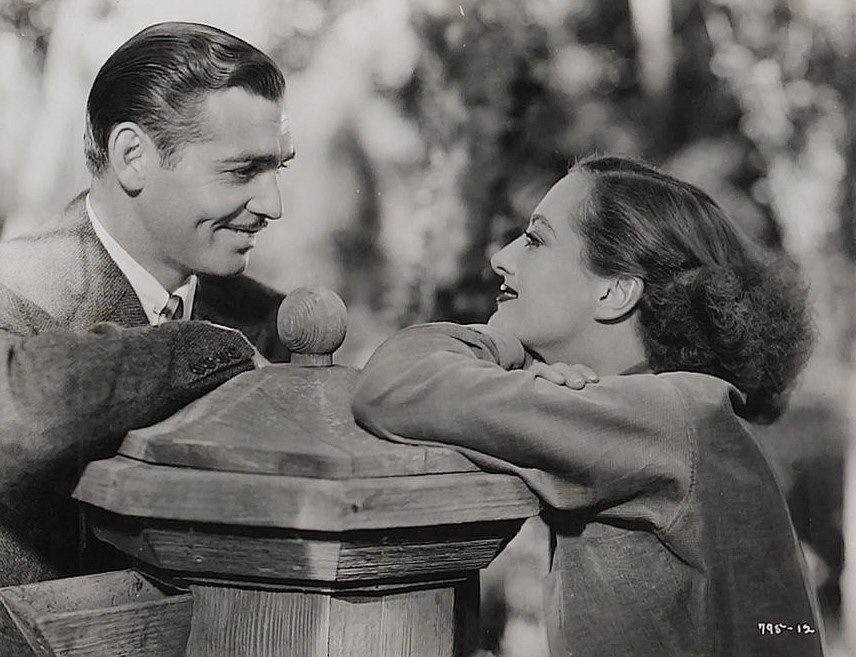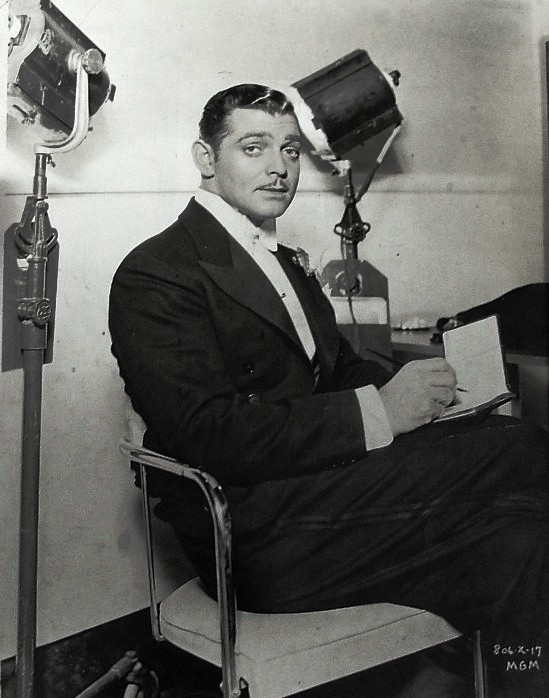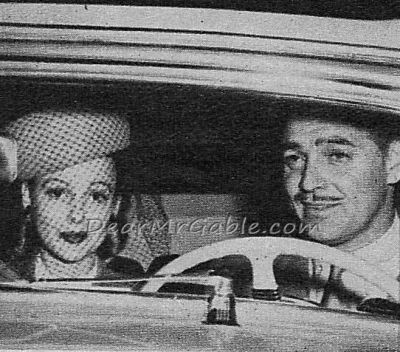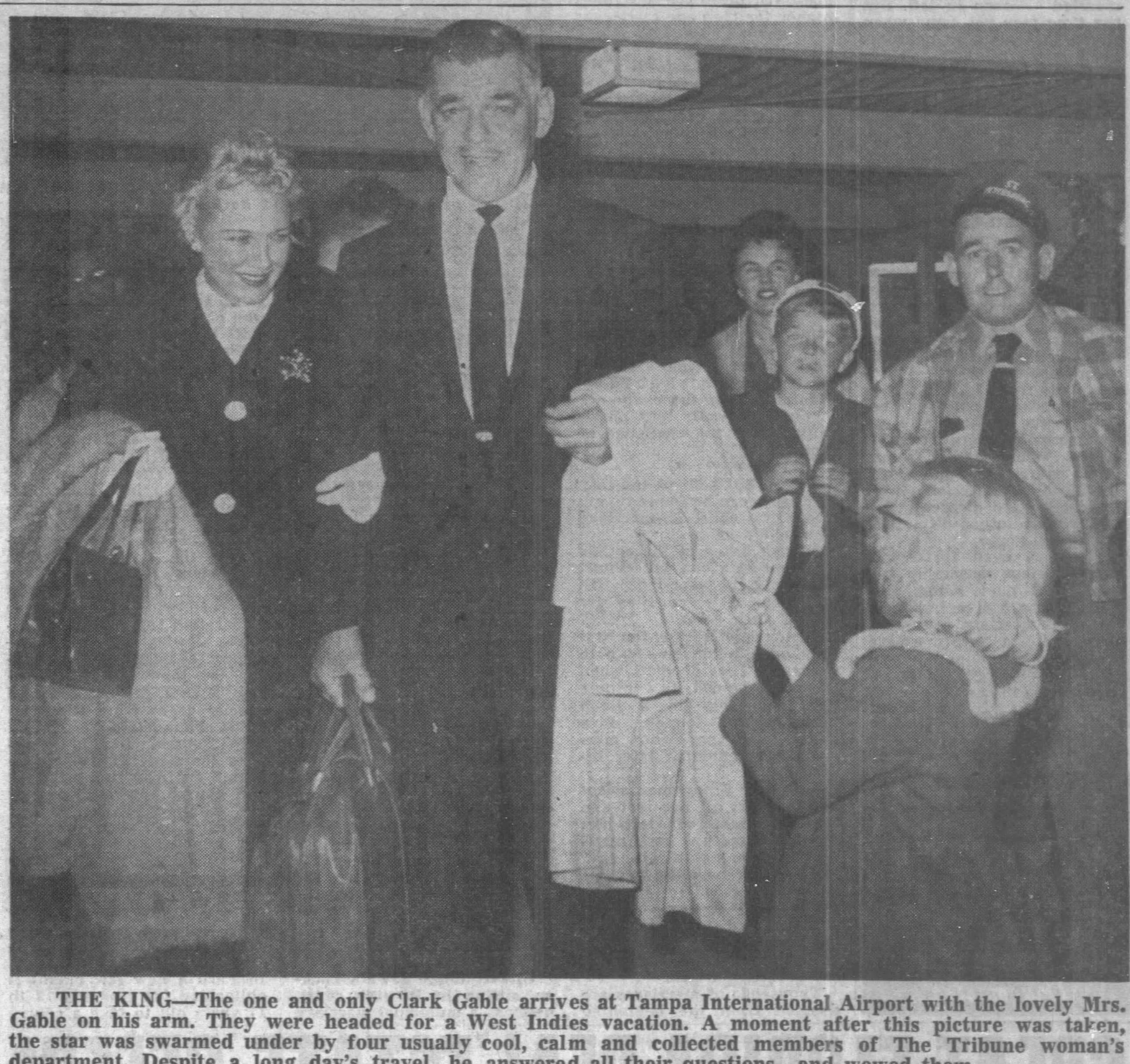
{New Article} 1937: Two Kings Share One Crown

This fluff piece from 1937 was most certainly ordered by MGM publicity to beef up their young acquisition, Robert Taylor. The article discusses how “Bob” is replacing Clark and how Clark’s day in the sun is fading. Which makes zero sense. It wasn’t until after this article was published that Clark was officially crowned the “King of Hollywood” by Ed Sullivan, and Bob at this point was really just starting out, Camille and Magnificent Obsession being his two most memorable roles at this point. This is quite the transparent PR play.
Robert Taylor, a youth in his twenties, briefly out of an American university, has overnight become the living symbol of romance.
Not long ago Clark Gable was the man of the hour. His name was on the lips of every woman. He was the pattern to whom every woman cut her love ideal.
But the ascendancy of Robert Taylor has in no whit dimmed Gable’s star. It is amazing, unprecedented—for never before have two kings reigned simultaneously in Hollywood.
Let us examine the men and their special talent and appeal to find reason for this.
Fashions in heroes change, not alone because the public is fickle, but because the world moves on. What fits the pattern of life today is outmoded tomorrow. Check over the list of the public’s adored for the past fifteen years, and you will find that each idol fitted the times and the circumstances of that particular period.
A long line of screen heroes preceded Robert Taylor. Men who had been worshiped; who had been idolized; who had been kept on a pedestal, not only by impetuous heart-hungry women, but by those who sought free flights of fancy from the realities of their everyday routine.
But not since Rudolph Valentino, however, has there been such a display of adulation given any star as has been given Robert Taylor.
Chronologically, it was time for a Robert Taylor. The scene was set for him—in the emotional sense—as it had been for Valentino. The decade between the two had been marked by too much hardship, by too much reality to give impetus to romance.
But shortly before Taylor’s skyrocket achievement of fame, men and women began to seek newer and gayer patterns of living. They sought romance, emotion, new beauties and new dreams. The screen was the open door to much of this. Here they could find quick and concise romance, concentrated for quick journeying from emotion to emotion.
And on the screen, in a lad called Taylor, they found the essence of romance.
The most successful wearer of the mantle of greatness before Taylor was Clark Gable. He was the “depression lover,” as Taylor today is the harbinger of better times.
Yes, yes indeed. Gable’s star is dimming. The previous year he had his biggest hit thus far, San Francisco and in the two years prior had been nominated for two Academy Awards, winning one. In 1937, Clark was really at the top of the heap. But Bob stars in a handful of films and is replacing him! How ridiculous.
In every century and in every period where romance flourished; where impetuous love-making rang the bell of hope in women’s minds, some prototype of a Robert Taylor undoubtedly existed.
Gable and Taylor. One the equivalent of fact, of modernity, with only a seasoning of emotion. The other, Taylor, with his youth, with his impetuous quality, never quite taking on the semblance of reality.
As they differ in personality and sentiment, as they differ in the interpretation of the various roles in which they are cast, so these two men, both idols, differ certainly in the things they represent and interpret.
Perhaps because we all are products of our environment, it is understandable that Gable be one type of lover and Taylor the other.
Clark has known vicissitude and hardship and hunger. He has been tempered in the fire of deprivation and despair. From the time when, as a boy, he worked in the oil fields of Oklahoma, to the time when he was a lumberjack in Oregon, he has worked with his hands.
He had few illusions left by the time he came to Hollywood. He was a sophisticate in the sense that his views were broad and tolerant. He saw foibles and idiosyncrasies and shortcomings but censured none for their possession.
But as Gable is the product of the modern world of give-and-take, of sharp competition, of the twentieth-century philosophy that to the victor belong the spoils—so in contrast Taylor is the product of a cloistered world.
Son of a mid-Western physician, he early had every advantage that a boy could have; the right toys, the right food, the right exercise, the right companionship, the right education, the right training—all these were his without question.
As he grew older, nothing was lacking in his life. He met no sharp struggles to bewilder him or to confuse the even tenor of his days. After high school, there was college. All in all, a leisurely, normal, right life for a boy of his years.
He has no corroding memories of physical lacks. He has never gone hungry; he has never been cold; he has never been without suitable clothing. He made the jump from college directly into a studio. Whatever struggles he may have had in his rise to fame, they were not devastating. Normal disappointments, impatience, discouragement—yes. But none strong enough to scar him.
He has no deep-seated memories of hurts as Gable has.
This is all fluffy and stupid, honestly. And the writing!!! “In every century and in every period where romance flourished; where impetuous love-making rang the bell of hope in women’s minds, some prototype of a Robert Taylor undoubtedly existed.” What prose! Clark and Bob never gave articles like this any mind. In less than two years’ time, they would both be married to actresses and living near each other in the San Fernando Valley…not caring who “was the product of the modern world of give-and-take” and who wasn’t!
You can read this article in its entirety in The Article Archive.
(#8 Article Posted in 2019)



